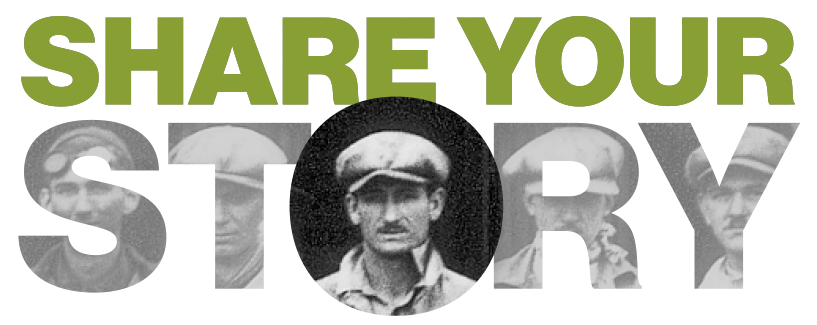In 1934 the U.S. Navy’s order for NS-1 biplanes established the Stearman Aircraft Company as an important supplier of military training aircraft.
In 1934 Wichita’s aviation industry was beginning to recover from the economic devastation wreaked upon it by the onset of the “Great Depression.” Only the Stearman Aircraft Company had managed to survive the previous five years, thanks chiefly to its incorporation as part of the extensive United Aircraft & Transport Corporation.
Southeast of the city at the Stearman factory, more than 100 men and women were working feverishly to build component parts for the Boeing Model 247 airline transport. In addition, the company was given a contract by the U.S. Army Air Corps to build 100 gliders that would be towed aloft to a specified altitude and released. As the gliders descended, Air Corps pilots would maneuver their fighters and make firing passes at the targets.
Amidst all of the subcontract work, late in 1933 the engineering department was busy completing the design of a new training biplane that Stearman officials hoped would appeal to the Air Corps and the U.S. Navy. Designated the Stearman Model 70, the design was conceived in speculation of future business and without any funding from the federal government. Chief engineer Mac Short and engineers Harold W. Zipp and J. Jack Clark transformed a rudimentary drawing of a modified Stearman Model 6 “Cloudboy” (made by Lloyd Stearman in 1931) into a modern primary training aircraft.

The first and only Model 70 built first flew on January 1, 1934, with the company’s chief pilot “Deed” Levy at the controls. Later that year, in the wake of flight trials by Air Corps and Navy instructor pilots, the Navy expressed further interest in the airplane, and invited the company to submit a quotation for a trainer similar to the Model 70 but built to Navy specifications. As a result, the service ordered 41 airplanes designated the Stearman Model 73 and NS-1 for the Navy.

The contract was hailed as a major step forward for the once mighty but Depression-ravaged “Air Capital of the World.” The Wichita Eagle newspaper was quick to report that, “Drama lies behind the simple, business-like announcement of the Stearman factory for Wichita, metropolis of the Plains, thus is accorded a large part in the up-building of the nation’s sea forces more than a thousand miles away. Despite determined work on the part of Wichita plane builders and air enthusiasts, few large military contracts have been awarded factories here. The big order accorded the Stearman plant is thought to have broken down this barrier and to point the way to national recognition of Wichita as capital of the air whether in peace or war.” 1

The Stearman facilities on South Oliver Street were more than adequate to accommodate the Navy’s order, and there was no need to expand the campus or the workforce to build 41 biplanes, according to Julius E. Schaefer, who had been named president of the company in September 1933. In accordance with standard practice for the United States War Department, a naval aviator was assigned to the factory to maintain oversight of work being done on the trainers to ensure compliance with the Navy’s contract requirements. The first production NS-1 rolled off the assembly line early in December. In an effort to reduce costs, the Navy supplied surplus Wright Aeronautical J-5, static, air-cooled radial engines to power all 41 of the primary trainers.

In addition to the U.S. Navy, the U.S. Army Air Corps became interested in the new primary trainer and late in the summer of 1934, Stearman Aircraft Company’s engineering department had refined the Model 73 into the Model X75 that featured a different main landing gear design. Designated as the XPT-945 powered by a seven-cylinder, Wright Aeronautical R-760 static, air-cooled radial engine rated at 225 horsepower, the biplane was thoroughly evaluated by the Air Corps.

Unfortunately, the XPT-945 failed to win any production orders chiefly because of the Army’s lack of funding to acquire new aircraft. By February 1935, however, Congress was gradually loosening its grip on military funding, and the Army ordered 20 biplanes designated the PT-13A to be powered by Lycoming R-680-5 radial engines. The order for Army Air Corps primary trainers stemmed from the War Department’s expansion program aimed at increasing its strength to more than 2,300 airplanes from 1,800.

In 1935 Congress appropriated $23 million for new armaments, including primary trainers, fighters, transports and bombers. As war clouds gathered over Europe, however, the captains of aeronautical industry in Wichita could not have foreseen the critical role their companies would play in America’s future fight to preserve freedom.

Notes:
- Wichita Eagle, May 17, 1934,Page 5.
- Wichita Eagle, July 4, 1935, Page 5.

 Back
Back